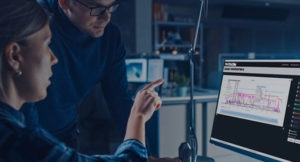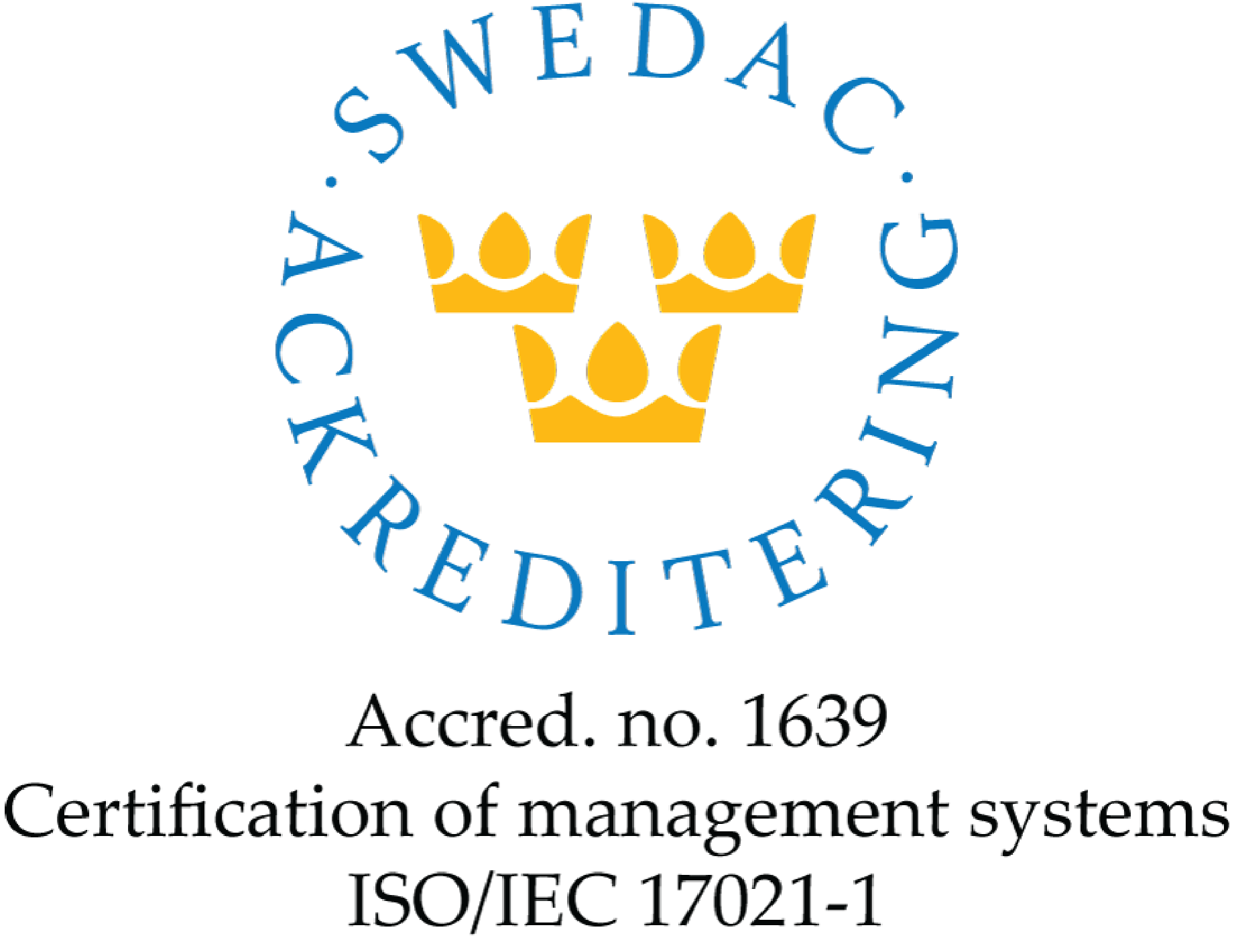How To Transition To A New Battery Supplier

Battery Supply Chain: The Current State
At present, the battery supply chain could best be described as overwhelmed. With an increase in the need for personal protective equipment (PPE), ventilators, and other medical equipment, new companies are stepping up and putting their talents into markets they do not generally service. The increase in demand coupled with logistical difficulties has put a tremendous strain on traditional supply methods. Companies that do business with other countries, particularly in Asia, are finding that things are not business as usual. Manufacturers are waiting longer and competing more for the supplies they need from battery suppliers. OEM components are more expensive, and shipping logistics have been heavily affected by travel restrictions. With these new issues at hand, finding the right supplier can be key to ensuring successful business operations.
Making the Change to a New Battery Supplier
When you have a battery-driven product, the battery is really the heart of that device. Now more than ever, companies cannot afford failures. Customers are looking for battery pack suppliers that can provide reliable solutions with the capacity to scale quickly enough to meet demand. This means choosing an experienced supplier who has a deep understanding of the batteries themselves, as well as the ability to navigate a fluctuating supply chain.

Critical Steps You Need to Take
There could be many reasons why a company looks for a new battery supplier. In light of the current health situation, businesses are finding themselves tasked with new challenges. Perhaps your failure rate is affecting costs, as well as your reputation? Or perhaps you need to diversify your supply network to adapt to a changing global economy? It’s crucial to gain a complete understanding of your product and your needs to effectively transition an existing product to a new power solutions supplier. Here are the critical steps you’ll need to take.
- Identify all critical components in your Bill of Materials (BOM) and make sure you have proper manufacturing documentation. When transitioning an existing product to a new battery supplier, it is essential to have clear product records. If a new product is in the works, a supplier who can work with you to design, produce, and test a solution will be critical to achieving success.
- Understand operational requirements. Documenting and understanding your electrical and environmental needs will make transitioning much smoother. Battery suppliers can often identify areas for enhancement if they understand the larger picture.
- Understand your total procurement costs. It is important to know how components or services are being purchased in order to make educated decisions regarding your supply chain.
- Know your regulatory requirements. Working with a battery supplier can be complex from a regulatory perspective. Regulations change depending on product class, available markets, and geographical location. For example, if an existing product is IEC or UL certified, the manufacturer is part of that file. Moving to another manufacturer means either going through the process of recertification, which takes a considerable amount of time, or adding another manufacturer to that file. Knowing which certifications you have now or aim to have in the future can make a big difference in terms of how quickly your product will go to market.
- Choose a partner that can guide you through the process. From start to finish, having an experienced power supplier can mean the difference between success and failure. Suppliers like Excell Battery, who have years of expertise with the whole process from technical requirements to software support, will help you navigate a process that can be confusing at times.
Why Excell Battery?
With over 35 years of experience, Excell Battery has been able to guide manufacturers through the entire transition. Learn more about how we can help you. Contact Us




